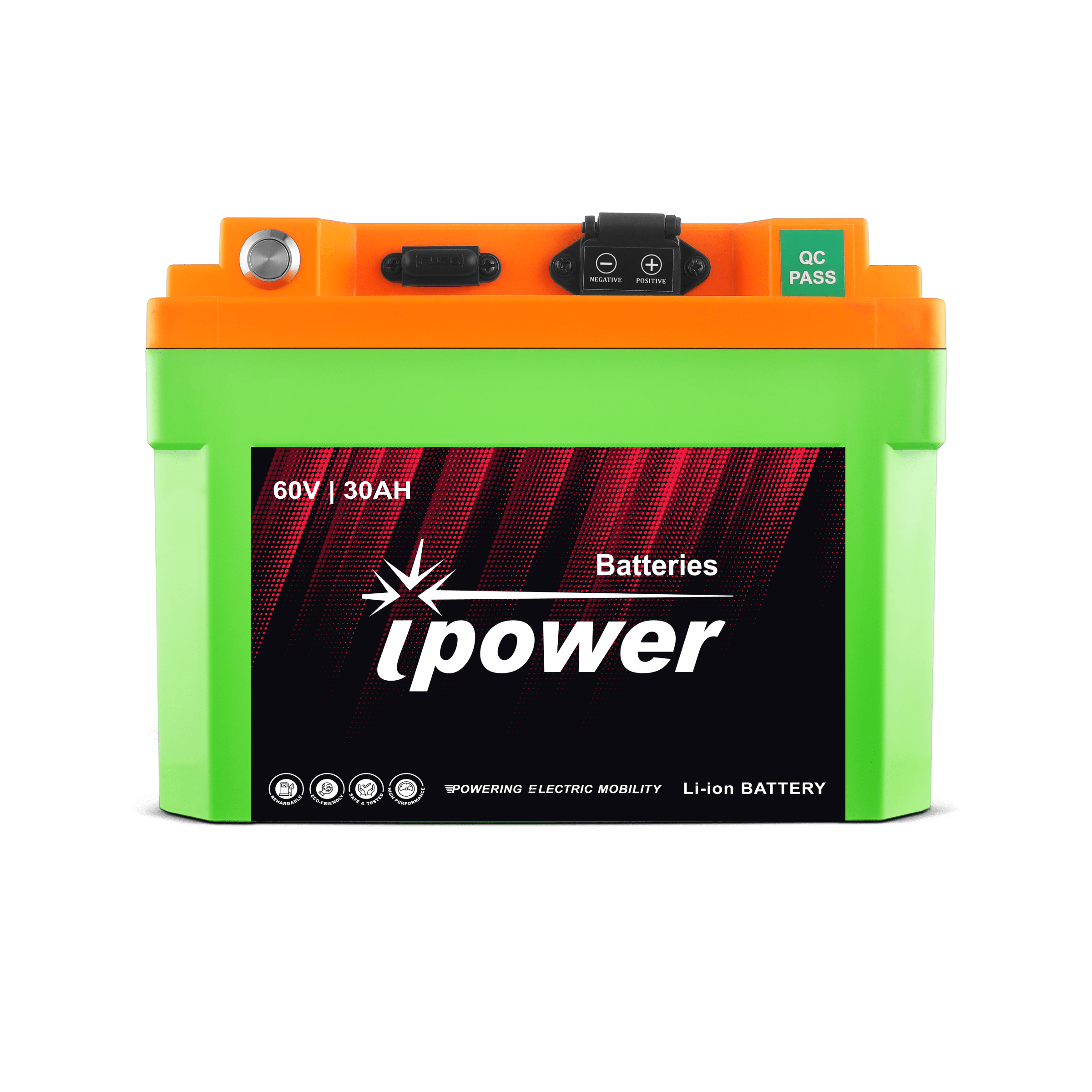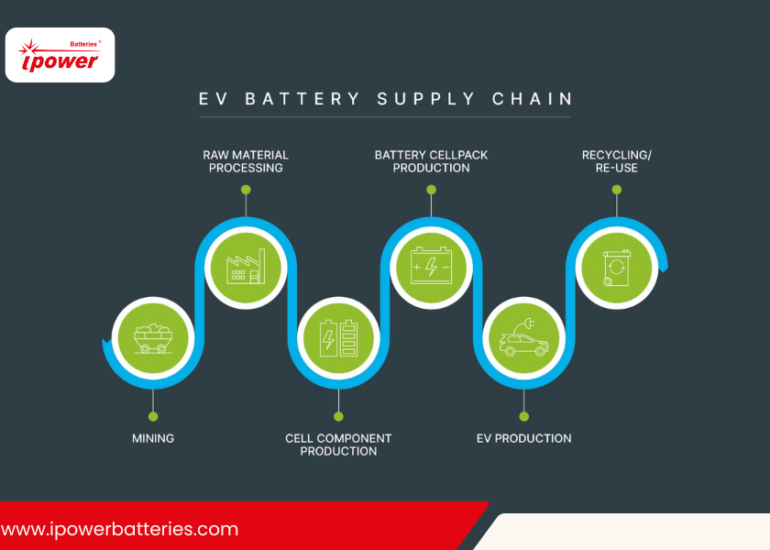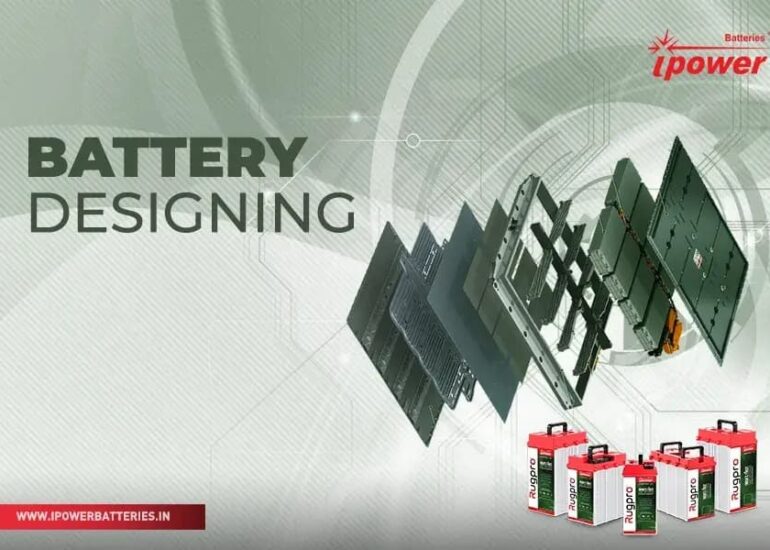In a world full of changes, there are a few universal constants that cannot be altered. One of them is “Energy can neither be created nor be destroyed, it can only be converted from one form to another”. This very statement by Julius Robert Mayer is the basis of energy storage solutions.
Before talking about or predicting the future of lithium batteries, it’s very important to understand their past. We have to understand the significance of the fact that the entire concept of energy storage came from a frog experiment done by Luigi Galvani who was an Italian physicist.
Although lithium batteries were not made commercially available until the late 20th century, Gilbert Newton Lewis was the first to experiment with them.
These batteries were made possible by three significant developments:
- The LiCoO2 cathode was discovered by John Goodenough in 1980.
- Graphite anode was discovered in 1982 by RachidYazami.
- Asahi Chemicals created a prototype for a rechargeable lithium battery in 1985.
After that, it was Sony Company that commercialized lithium-ion batteries.
Now let’s head toward the future of lithium batteries via the roads of the present.
Lithium batteries offer a chance to change the transportation industry, which currently emits a lot of carbon into the atmosphere. They also provide a remedy for the erratic energy generated by solar and wind power, making these environmentally friendly options more practical.
New and cutting-edge chemistries and technologies have been developed and adopted over the past few years in the energy storage industry. One of the most recent adopters, lithium-ion batteries have gained popularity and respect for their chemistry, performance, and features. Lithium-ion batteries have a significantly higher energy density in joules per kilogram than earlier battery technologies like nickel-cadmium (NiCd) and nickel-metal hydride (NiMH).
But the question is what the future of lithium-ion batteries is.
Solid State Batteries:
In terms of technology, solid-state batteries represent a paradigm shift. In all-solid-state batteries, the liquid electrolyte is swapped out for a solid substance that still permits lithium ions to move around inside of it.
This idea is not new, but over the past ten years, extensive global research has led to the discovery of new families of solid electrolytes with extremely high ionic conductivity, comparable to the liquid electrolyte, enabling the removal of this particular technological hurdle.
Pros of solid-state batteries
- High thermal and impact safety because the liquid electrolyte is replaced by a solid
- Reduced dendrite growth issues extend service lifetime
- High-specific energy and low cost
Cons of solid-state batteries
- Cycle life is highly dependent on the specific anode-cathode mix (currently less than 1,000 cycles)
- Not commercially viable currently; expected to reach the mass market in 3–5 years
Lithium-sulphur Batteries:
Lithium ions are stored in active materials that serve as stable host structures in li-ion batteries during charge and discharge. The host structures in lithium-sulphur (Li-S) batteries are absent. The lithium anode is consumed during discharging, and sulphur is converted into several different chemical compounds during charging.
Pros of Lithium sulphur batteries
- Higher specific energy and power discharge compared with conventional LiBs
- High tolerance for extreme temperatures
- Uses low-cost and easily disposable input material
Cons of lithium-sulphur batteries
- Low cycle life and longevity
Lithium-Air batteries:
The lithium-air batteries would function by producing lithium peroxide on the cathode during the discharge phase by fusing lithium already present in the anode with air oxygen.
The area where air enters the battery is known as the cathode. Theoretically, lithium and oxygen can be combined to create electrochemical cells with the highest potential specific energy, comparable to the potential specific energy of gasoline.
This is almost five times more powerful than a Li-ion battery. However, before becoming widely used, Li-air batteries’ useful power and life cycle require significant improvements. The market for electric vehicles is a significant market driver for batteries.
Pros of Lithium-air batteries
- Very high theoretical energy density
- Uses abundant, low-cost materials for electrodes, offering a lower bill of materials
Cons of Lithium-air batteries
- Technology is still in the R&D stage, currently limited by low efficiency and poor cycle life
Lithium-carbon Batteries:
An emerging method of energy conversion and storage is the lithium-carbon dioxide battery. Even though these batteries are still in the early stages of development, researchers need to have a clear understanding of the major obstacles they must overcome to fulfill their potential as innovative energy storage systems.
Researchers have focused their attention on carbon capture and storage because carbon dioxide is a significant factor in the cycles of the earth’s temperature. Lithium-CO2 batteries present an intriguing alternative for the storage of electricity generated by renewable energy sources as well as for the conversion of waste carbon dioxide into products with added value.
Pros of Lithium-carbon batteries
- Combines benefits of traditional LiBs with capacitors —good energy/power density and fast recharging
- Promises low carbon footprint
- Low-cost, relatively abundant materials
- it does not need an external cooling system
Cons of Lithium-carbon batteries
Technology is in a very early stage, with a limited number of makers





